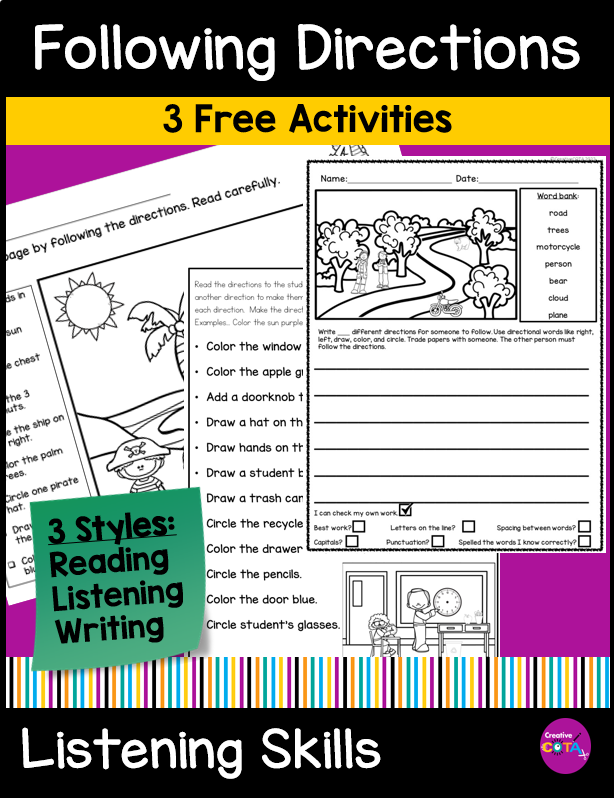
Are you navigating the challenges of assessing handwriting and fine motor skills while juggling a caseload of 70-90 students annually? If so, you’re not alone. As an occupational therapist, time-saving tools for data collection and progress monitoring are invaluable. In my quest to enhance efficiency in my work life, I’ve developed resources that not only save time but also serve as a comprehensive solution for assessing Fine Motor, Letters, Numbers, and Handwriting skills. This blog post delves into the details of this innovative assessment tool, offering insights into its benefits and practical applications for occupational therapists and teachers looking to streamline progress monitoring.

Efficiency at Your Fingertips: The demand for quick and effective assessment forms inspired the creation of the Fine Motor, Letters, Numbers, and Handwriting Assessment resources. Tailored for occupational therapists like myself, these tools are designed to be readily available at your fingertips. No more cumbersome assessment processes – this resource streamlines the data collection process, allowing you to focus more on your students’ needs and less on paperwork.
Data Collection Made Manageable: When you’re dealing with a caseload of 70-90 students, the ability to efficiently collect data becomes paramount. These assessment forms provide a structured and organized approach to gathering IEP data. By utilizing targeted sections for Fine Motor, Letters, Numbers, and Handwriting assessments, you can seamlessly document students’ progress and areas for improvement. The result? A manageable and accessible system that empowers you to track development effortlessly.
Progress Monitoring Reinvented: Progress monitoring is a continuous task for occupational therapists and teachers, and the Fine Motor, Letters, Numbers, and Handwriting Assessment resource is designed with this in mind. Whether it’s tracking improvements or addressing specific challenges, these forms serve as a dynamic tool for ongoing assessment. The visual and detailed nature of the assessments ensures that progress is not only measured accurately but also communicated effectively to teachers and parents.
Effective Communication with Teachers and Parents: One of the resource’s standout features is its utility in generating work samples for transparent communication. Occupational therapists can effortlessly share insights with teachers and parents by providing a tangible representation of a student’s handwriting and fine motor skills. This facilitates collaborative efforts to address individual needs and tailor interventions accordingly.
I designed this Fine Motor, Letters, Numbers, and Handwriting Assessment resource to save me time when gathering IEP data and monitoring progress throughout the year.
I have included a free version with a few sample pages to get you started in my free resource library.

Make goal tracking, progress monitoring, data collection, screenings, and assessments easier with this set of student sheets and teacher or therapist goal-tracking information pages. Pages to assess the foundation skill areas of scissor skills for cutting, tracing, pre-writing, handwriting, and drawing are included. Just need pages for handwriting assessment? Check out Handwriting Assessment ABC, Numbers and Sentences.


Still not sure? Check out what others are saying about these resources.
“This resource will be a monthly staple of my student progress assessments. It has so much of what I need and it’s so easy to use. I have really enjoyed this resource.” Rebecca E.
“This resource is great for progress monitoring fine motor goals for students across the year. Easy to use and provides good work samples.” CABCreations
“Love this resource as I am preparing for the next school year!!! It gives me a sense of relief to have everything right in 1 spot that I can use to assess writing and cutting! Thanks!” Roxanne K.
“Great assessment. Very useful when communicating progress with parents.” Tiffany H.
“I was looking for simple practice and assessments for handwriting and this was exactly what I was looking for!!” Amy B
In the realm of occupational therapy, where time is a precious commodity, the Fine Motor, Letters, Numbers, and Handwriting Assessment resource emerges as a game-changer. Elevate your efficiency, streamline data collection, and revolutionize progress monitoring with this purpose-built tool. As occupational therapists, let’s embrace innovative solutions that empower us to make a more significant impact on our students’ lives.
If you are looking for more low prep, print-and-go resources to practice handwriting check these out. Or use this link to access all of my writing resources.


About the Author
I am a Certified Occupational Therapy Assistant (COTA) and have been working in a public school system for more than 25 years. My resources can be found on TPT, BOOM Learning, Made by Teachers, Classful, and Your Therapy Source. I appreciate your interest wherever you wish to shop.
My mission is to help you find creative ideas to incorporate fine motor, visual perception, gross motor, and social-emotional learning into your lessons.
I hope you consider signing up for my Free Resource Library with your Email. I send out emails about once a week and share resources, tips, and planning ideas for your classroom or occupational therapy needs. Hopefully, these help your students work on building their skills in a fun and engaging way.






